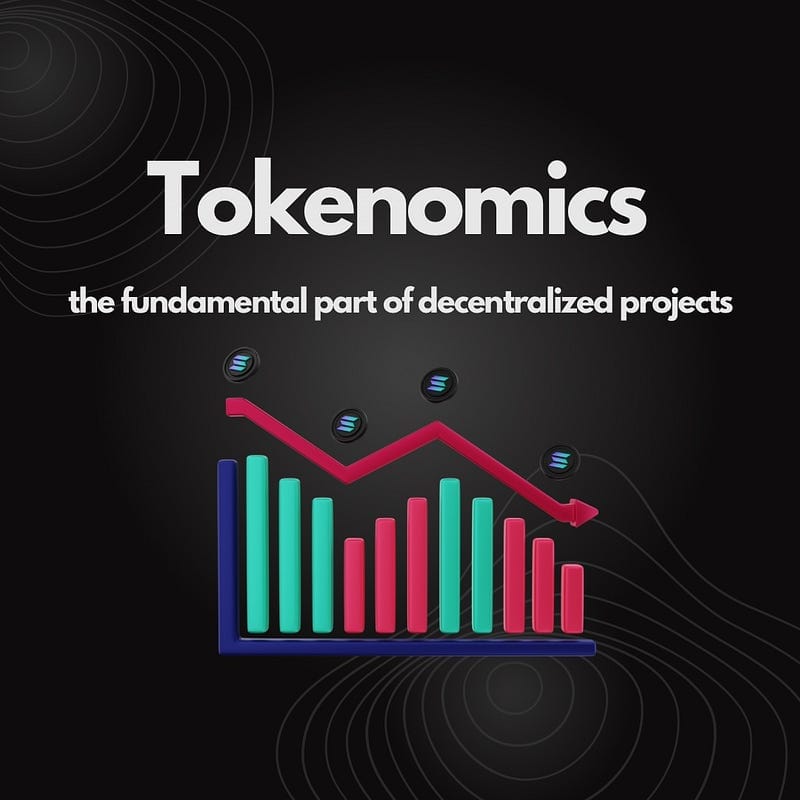Tokenomics — new way of handling stocks in the company?
A lot of decentralized projects are distributing stocks as crypto tokens, it is the new definition of ownership of some part of the…

A lot of decentralized projects are distributing stocks as crypto tokens, it is the new definition of ownership of some part of the company. However, the success of such a project is defined by tokenomics.
Agenda:
- intro,
- definition,
- what affects tokenomics,
- how it works,
- conclusion.
Definition
The term tokenomics is based on combination of crypto tokens and economics. Tokenomics describes the total supply, how tokens are managed, the ways of using them, etc.
Tokenomics is the first must have issue, which should be carefully planned and implemented. Serous investors are looking for the structure of the supply flow, before making some far-reaching decisions.
Finding the most optimal way of managing tokens is the crucial part of attracting investors
What affects tokenomics
There are some main variables that developers can make to change tokenomics:
- Minting and staking,
It should be defined how new tokens are generated. There are two main concepts:
You offer a computing power, you receive tokens. You stake assets, you receive tokens.
It is determined by a blockchain, so it is essential to pick the correct model for project purposes.
- Yields,
Some DeFis allows to yielding, what is based on creating liquidity pools of huge amount of cryptocurrencies. This process is rewarding participants/investors with returning an extra percentage of tokens.
- Token burns,
It is commonly known that the law of supply and demand is indisputable. Sometimes, keeping the price of tokens can be handled by reducing the total supply. Smart approach of doing it, requires burning permanently specified amount of tokens.
- Limited vs unlimited supplies,
Decision of limiting the total supply has a lot of advantages and disadvantages. For example, bitcoin is deflationary, what means that only 21 million of them can be created, no more.
However, ethereum is not limited, according to it policy.
Specifying and counting how it will impact on a price of a token is difficult, but really needed.
- Token allocations and vesting periods,
Some of the projects reserve a certain amount of tokens to the venture capitalists or developers. However, the main problem with this supply is that it can only be sold after some specified amount of time.
Smart approach for that can be very beneficial. It is always risky, but good mathematical explanation can lead to a perfect solution.
How it works
Tokenomics set up the entire economic of a project, so that it can define the utility of a single token and a person which owns it. Generally speaking, it is an established plan of rules, which define the circulation of assets.
Conclusion
Modern finances, decentralized projects, organizations and companies. are often using own native tokens, what leads to the description of the flow within that circuits.
Well designed tokenomics is essential to achieve demanded results and be called successful.
Are you interested in learning and building web3 technology? Follow my repo-guide to be well informed about the theory and practical part of this journey:





